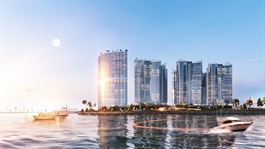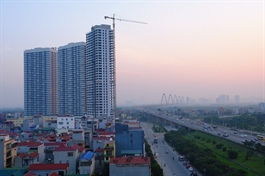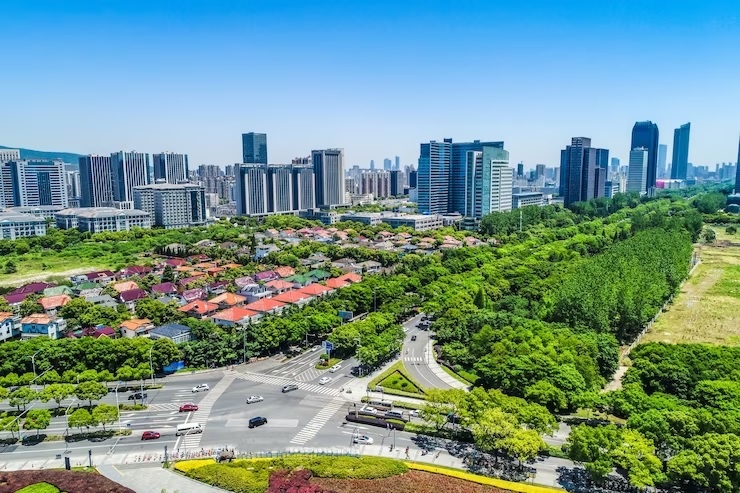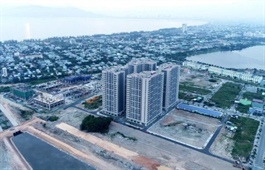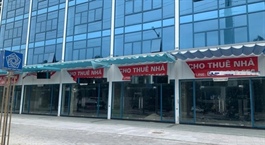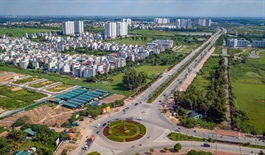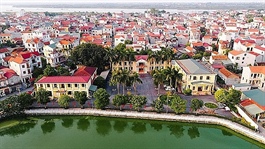VN to continue strong support for industrial zone development
VN to continue strong support for industrial zone development
Việt Nam aims to provide stronger support for industrial growth in the coming decades, said deputy minister of planning and investment Trần Quốc Phương at a forum discussing the development of the country's future industrial parks yesterday in HCM City.
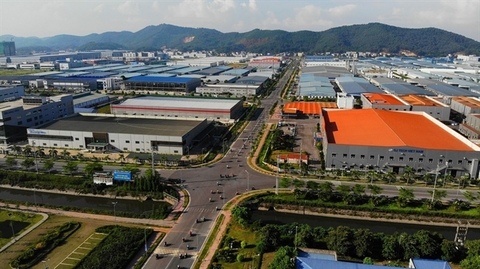
An industrial park in the northern province of Bắc Giang. — VNA/VNS Photo Danh Lam |
"To outbid competitors in the region in attracting foreign direct investment, Việt Nam has been introducing numerous policies and strategies in recent years to cater to the needs of both foreign and domestic investors," he said.
Phương said the end goal was to help businesses improve their capabilities and effectiveness and integration in the global supply chain. In addition, the government place a high priority on projects with advanced technologies and modern management system that produce high-value commodities with key positions in the global supply chain and connectivity.
Local authorities have been instructed to focus on maximising regional advantages to plan and organise the development of their industrial bases, in harmony with the central government's development plan for their regions and as a whole to enhance the economy's and businesses' competitiveness.
"One of our key objectives is to build a strong institutional foundation for the development of industrial zones that suits the characteristics of industries while taking advantage of regional linkage and synchrony," the deputy minister said.
The MPI has been working closely with local authorities and other governmental agencies to build on the country's current Law on Industrial and Economic Zones, addressing major concerns of investors.
Việt Nam's objectives for the 2021-30 period include increasing the number of multinational corporations within the top 500 largest global corporations having a presence in the country by 50% and registered investment capital share of developed economies such as South Korea, Japan, Singapore, France, Germany, Italy, Spain, the United Kingdom and the United States by 70 per cent.
According to a report by the MPI, there were more than 400 established industrial zones across the country, many of which possessed highly advanced infrastructure and technologies.
In the coming decades, the Southeast Asian country is to stay committed to maintaining macroeconomic stability, and inflation control; boosting exports and trade surplus, and pushing for deeper integration in the global supply chain.
Việt Nam saw a surge in FDI in 2022 with a total amount of US$22.4 billion, the highest in the last five years. In the first seven months of 2023, newly registered FDI capital and newly licensed FDI projects increased by 38.6% and 75.5% respectively compared to the same period in 2022.



